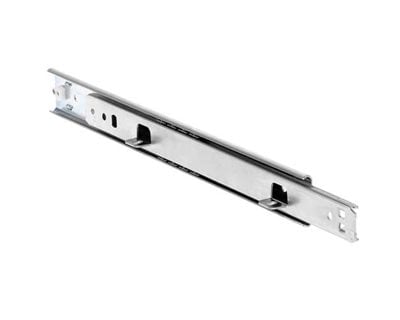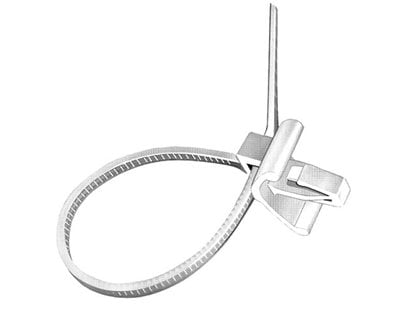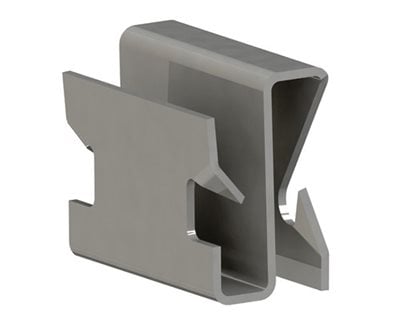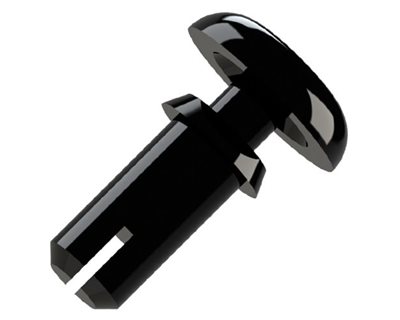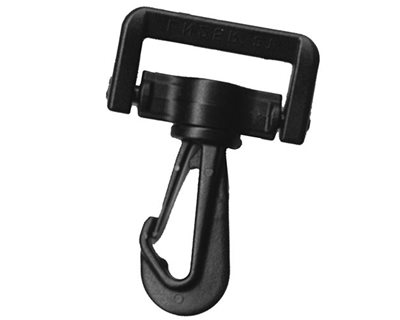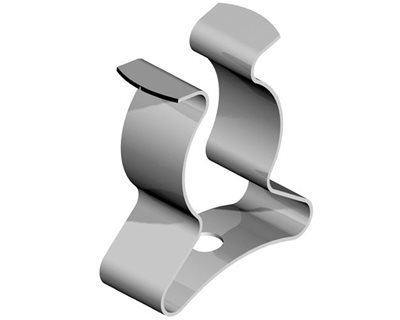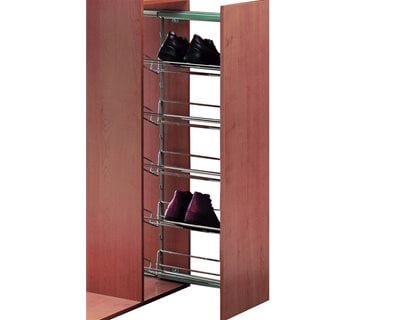"We appreciate your fast replies (to mails & inquiries) and accurate information very much"
- Fasteners
- Access Hardware
- Industrial Hardware
- Furniture Fasteners and Components
- Kitchen, Bedroom and Bathroom Products
- Security Products
The Nuts and Bolts of The Circular Economy

Can Engineered Fasteners in a Circular Economy save the planet? And maybe help save the world’s economy? They can certainly play a part.
The way we design, build, use and dispose of products has to change. The current Linear Economy model - sometimes described as take, make and throw away - is simply not sustainable. The Linear Economy works by extracting raw materials, making them into the products then throwing them away. But we will run out of key resources. Air pollution is damaging the planet and the oceans are filling up with plastic and other rubbish.
A Circular Economy, where products are recycled to make new products, is the way forward. The World Economic Forum, the Ellen MacArthur Foundation and many other independent and government organisations are working towards a Circular Economy.
How many products do you throw away?
If we take a look at our lives it becomes clear just how many products we dispose of before they’re really worn out. How many mobile phones have you got rid of in your life? How many toasters, electric toothbrushes and cars? And what happened to them after you finished with them?
You probably had little or no choice about replacing the items, but that is about to change. From 2021 all lighting, washing machines, dishwashers and fridges sold in Europe will have to be repairable. This Right to Repair legislation means that spares like door gaskets and thermostats have to be available for at least 10 years. The parts have to be accessible and use commonly available tools without damaging the product.
Similar Right to Repair legislation is in progress in around 20 US states and in countries around the world. This is moving towards the idea of extended producer responsibility which makes the manufacturer of a product responsible for the entire life cycle of the product. The Aviation and Automotive industries already have some procedures in place that support this concept.
For instance, whenever JET PRESS supplies an Engineered Fastener that will end up in a vehicle it has to have what is effectively a Parts Passport. This is based on the automotive industries’ International Material Data System (IMDS) and helps each manufacturer to comply with the End of Life Vehicles (ELV) Directive.
One way to move towards circularity is by using the right Engineered Fastener. Designers can ensure we make products that have far less impact on the environment. Everything you design has the potential to be more repairable and easier to recycle.
You can unscrew but can you unglue?
Bonding is a big issue when it comes to recycling. Clips and bolts can be unclipped or unbolted for maintenance and recycling. But if you use adhesives problems can arise. Engineered Fasteners allow components to be taken apart for maintenance, replacement or recycling.
Once an item can no longer be repaired, the Engineered Fastener itself can often be reused. If not, it will usually be recycled. This includes many plastic fasteners. Nylon is widely used for a huge range of Rivets, Hole Plugs, Fir Tree Fasteners and Cable Clips supplied by JET PRESS. Nylon can be recycled. In fact, many nylon products are already made partly from recycled materials.
Invest in Engineered Fasteners and Components that Last
If the whole product is going to last longer, all the components need to last. For instance ship builders use Accuride slides that are tested for 80,000 cycles. They know that their vessels will be afloat for many years and will need to function effectively for all that time. And, as one shipbuilder said to Accuride, ‘I don’t want to send a technician to Buenos Aires to replace a drawer slide’.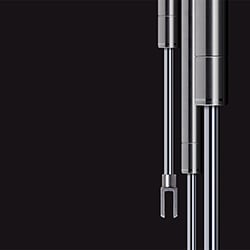
Some of our Fasteners and Components are available in Stainless Steel. For instance, the Camloc Stainless Steel Swift and Sure. This means these parts will last longer even in a harsh environment.
Many more parts are being made in stainless steel these days including exhaust pipes, fuel pipes etc. This is good for extending the life of that particular part but it can cause other problems. Parts that are attached to it can suffer with galvanic corrosion (sometimes called Bi-metallic corrosion).
Galvanic corrosion occurs when two dissimilar metals are immersed in a conductive solution – typically salt water - and are electrically connected. One metal (the cathode) is protected, whilst the other (the anode) is corroded. With traditional fasteners like nuts, bolts and washers this is easy to overcome by using stainless steel versions.
Meeting Customer Demands
Producing some parts from stainless steel is very challenging. Making parts in a temper rolled stainless steel such as ASTM 301 means that the tooling needs to be made to over-bend the parts. This takes them beyond the natural elastic limit and allows for spring-back. This is ok if the part is large enough to allow for this over bend. But when you try to form a “U” gap in a part to fit on a 1mm panel you cannot bend the part enough to allow for spring-back.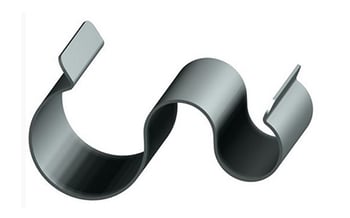
So when an automotive customer asked us for a stainless steel spring clip we explained the issues and said we would come back with an alternative.
Our challenge was to make a carbon steel clip that delivered a salt spray rating of 480 hours. Even when in contact with stainless steel pipes. We developed a Zinc-Nickel electroplate with a trivalent (CrIII) passivate treatment. Then we added clear sealer called MacDermid JS500. The combination of these finishes and treatments met the brief. It resulted in a spring steel fastener that, even when in direct contact with stainless steel pipes, was able to pass a 480 hour salt spray test. With no signs of red rust.
This was a bespoke product, but many of our standard fasteners are available with coatings. For instance Palnut Regular Lock Nuts are available in a Hot Dip Galvanised version. This offers corrosion resistance the equivalent of 1,000 hours of salt spray. Our team has great experience of metal coatings so please contact us if you want to talk about ways to prevent conventional or galvanic corrosion.
Reusable and recyclable Engineered Fasteners
Engineered Fasteners like Bi-Fix Quarter Turn Fasteners are designed for repeated use. There are many more Engineered Fasteners in our standard range that can be reused; our team is always keen to help you find the best option.
The Engineered Fasteners made from metal can be recycled if they cannot be reused. And remember that the nylon used for fasteners like Fir Tree Buttons, Scrivets and Button Rivets can be recycled.
Extend the life of everything from boots to tents
There is something you can do right now to help with the Circular Economy. Next time a zip fails on your boots, jacket or wherever – don’t ditch it, fix it. If you repair the zip on your jeans you will save money and you will save the planet 10,000 litres of polluted water.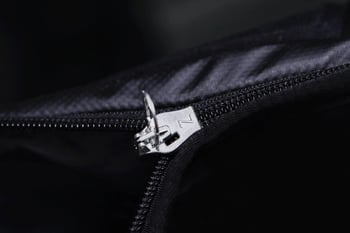
If a zip does break it’s usually the slider that fails. With a ZlideOn repair kit you just cut the old slider off and snap on a new ZlideOn replacement. The British Army uses ZlideOn repair kits for tents and sleeping bags used in the Arctic Circle. Fixing a zip in these conditions can save lives as well as the planet.
If you would like to talk to our team about using Engineered Fasteners or components to improve reparability or recycling potential please call +44 1623 551 800 email webenquiries@jetpress.com or contact us online.log post content here…


